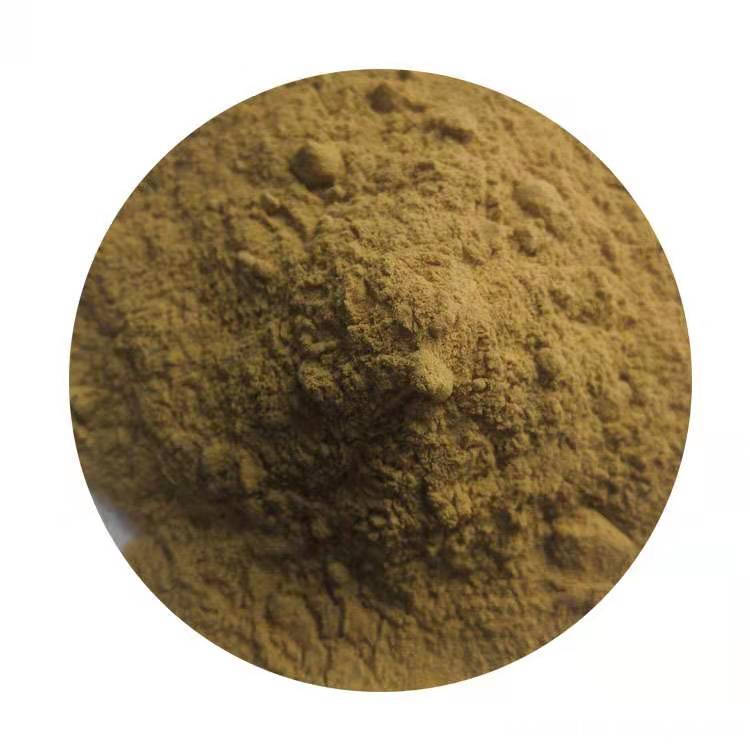Black fungus, also known as wood ear or *Auricularia auricula*, is widely distributed across China, spanning from the northern provinces like Heilongjiang and Jilin to the southern regions such as Guangxi and Guizhou. It is also found in western areas like Shaanxi and Gansu, and eastern locations including Fujian and Taiwan. This mushroom grows in over 20 provinces and cities, with Hubei being the top producer and Heilongjiang noted for its high-quality output.
In terms of biological characteristics, black fungus has distinct morphological features. Its mycelium is colorless and transparent, composed of tubular structures that branch out. The fruiting body starts as a conical, dark gray, translucent structure, gradually developing into a cup-like shape before becoming more leaf-like or ear-shaped. The texture is elastic, with a narrow base, and it typically measures between 4 to 10 cm in diameter, sometimes reaching up to 12 cm. After drying, it becomes hard and brittle, with a surface covered in short, soft hairs. The underside is concave, smooth, or marked with wrinkles, and the color ranges from dark brown to black. The spores are kidney-shaped or sausage-like, measuring around 9–14 microns, and are colorless and transparent. When mature, they form a white, mucky layer on the fruiting body.
The life cycle of black fungus involves a complex process. It is a heterothallic fungus, meaning it requires two different mating types, "+†and "-â€. Spores germinate into mononuclear mycelia or form conidia under favorable conditions. These then combine to form binuclear mycelia, which eventually develop into fruiting bodies. Once mature, the fruiting bodies produce spores, continuing the cycle.
Black fungus thrives under specific environmental conditions. It requires nutrients such as carbohydrates (glucose, sucrose, starch), cellulose, hemicellulose, and nitrogen sources like amino acids and peptones. Inorganic salts like calcium, phosphorus, and iron are also necessary. Temperature plays a key role, with optimal growth occurring between 22–32°C. It can tolerate lower temperatures but growth slows at below 14°C. Humidity is critical: mycelium needs 60–70% moisture, while fruiting bodies require 90–95% relative humidity. The fungus is aerobic, so proper ventilation is essential. Light promotes fruiting body development, making sunny locations ideal for cultivation. The pH range for growth is 4–7, with 5–6.5 being most suitable.
Cultivation of black fungus requires careful management. Indoor conditions should be controlled for temperature, humidity, light, and air quality. After mycelium establishment, low temperatures (20–22°C) are used to induce fruiting. During ear bud formation, the temperature should be kept at 22–24°C. Moisture levels must be carefully managed, with higher humidity during fruiting stages. Proper ventilation and lighting are crucial for healthy growth. After harvesting, a drying period of 5–7 days helps prepare for the next batch.
Disease and pest control are important during cultivation. Common issues include bacterial infections and pests like snails and pseudocysts. Prevention strategies include maintaining hygiene, using disinfectants, and applying appropriate pesticides. Regular monitoring and early intervention are key to reducing losses.
Nutritionally, black fungus is rich in protein, carbohydrates, fiber, and minerals like iron, calcium, and phosphorus. It also contains vitamins B1, B2, C, and carotene, making it a nutritious food. Medically, it has been valued for its ability to improve blood circulation, reduce inflammation, and support respiratory health. Studies suggest it may help lower blood viscosity and prevent cardiovascular diseases.
In China, black fungus is one of the most popular edible fungi, both domestically and internationally. It is exported to Japan, Southeast Asia, and increasingly to Europe and North America. With China’s entry into the WTO, the demand for black fungus is expected to grow, offering economic opportunities and enhancing global trade. In the kitchen, it is versatile, used in soups, stir-fries, and desserts. Dishes like fungus scrambled eggs are beloved by many. As the market expands, the potential for black fungus production continues to rise, promising a bright future for this valuable natural resource.
Coffee Green Hydrochloric Acid
green coffee extract:
Green coffee bean extract is made from the green beans of the coffea Arabica plant.
There are two types of coffee plants, arabica and robusta. The arabica is higher in quality and higher in chlorogenic and caffeic acids, two primary compounds responsible for anti-oxidant activity. Coffee might have anti-cancer properties, and researchers found that coffee drinkers were 50% less likely to get liver cancer than nondrinkers.
Product features:
1. Special large package for industrial raw material sales(10kg/20kg);
2. 100% pure coffee;
3. Good instant solubility;
4. Stable raw material origin and long-term supply
Functions:
Losing weight.
Anti-virus; Anti-bacteria; Anti-cancer; Anti-aging; Anti-infectious.
Lowering toxicity.
Lowering blood pressure.
Reducing the risk of diabetes.
Help with muscle fatigue for athletes and bodybuilders.
Green coffee bean has strong anti-oxidant properties similar to other natural anti-oxidants like green tea and grape seed extract. Green Coffee Beans have polyphenols which act to help reduce free oxygen radicals in the body. Green coffee bean extract is sometimes standardized to more than 50% Chlorogenic Acid. Chlorogenic Acid is the compound present in coffee which has been long known as for its beneficial properties. This active ingredient makes green coffee bean an excellent agent to absorb free oxygen radicals; As well as helping to avert hydroxyl radicals, both which contribute to degradation of cells in the body.

Coffee Bean Extract,Robusta Coffee Extract,Pure Green Coffee Bean Extract,Coffee Green Hydrochloric Acid
Yunnan New Biology Culture Co,.Ltd , https://www.lvsancoffee.com

